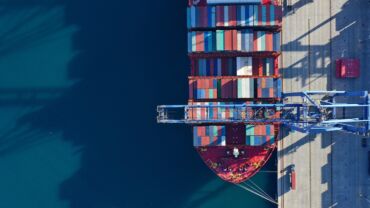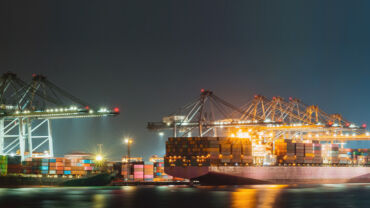Many large U.S. multinationals have been using foreign-trade zones (FTZs) to reduce duties and optimize their supply chains for quite some time. But almost any company involved in international import/export activity can benefit from the strategic use of FTZs, and there are many reasons why it’s a move worth considering.
What is an FTZ?
FTZs are specially designated areas located near U.S. ports of entry that, for import/export purposes, are considered outside the U.S. Customs territory. Therefore, a company operating a designated FTZ can import raw materials and other goods and products into the U.S. without immediately paying duties, taxes, and fees on them. Duties, taxes, and fees on goods warehoused in an FTZ are only due when the goods enter the US market for sale and are not paid if the goods are re-exported outside the US.
There are many other benefits to an FTZ as well, and for many companies, the combined savings can add up to millions every year.
Other benefits of an FTZ include:
- Reduced merchandise processing fees (MPFs)
- Streamlined logistics
- More precise inventory and cost control
- More efficient supply chain operations
- No duties on waste, scrap, or defective parts
- Faster speed-to-market
- No time limit on storage
- Lower insurance premiums
- Better security
The strategic side of foreign-trade zones
As attractive as these benefits are, however, they only scratch the surface of what’s possible with an FTZ. Where companies really save costs is through the strategic use of an FTZ’s ancillary benefits, which are specifically designed to give US companies a competitive advantage. Used intelligently, these benefits allow companies to create extremely efficient supply chains and save money at many different stages in the import/export and manufacturing process.
For example, not having to pay duties upfront means having more cash on hand compared to competitors operating outside of an FTZ. Also, because there is no limit to how long goods can be stored in an FTZ, there is more flexibility when it comes to managing inventory.
Faster, better, cheaper
Digging a little deeper, FTZs provide other advantages through rules that give U.S. companies faster customs handling and speed-to-market.
For example, FTZ operators can request that goods be transported via Direct Delivery, which allows merchandise to move directly from the port of arrival to the FTZ, reducing customs delays. Goods entering an FTZ can often utilize a Weekly Estimated Entry, which means the merchandise is pre-approved for release into the U.S. market. Faster inventory turnover also means swifter speed-to-market, and the ability to defer duty payments until goods enter the U.S. market helps preserve cash flow.
Another competitive advantage: Supply chain integration
Integrating the many benefits of an FTZ into supply chain operations can save companies millions, but it’s essential to understand FTZ rules to combine them for maximum benefit.
Here’s how: Suppose an FTZ automotive manufacturer purchases tires from a tire supplier that also operates an FTZ. In that case, the tire supplier could move tires in-bond from its FTZ to the auto manufacturer’s FTZ, and neither would have to pay the duty for the tires until the tires enter U.S. commerce. If the tire then ships into the commerce of the U.S. from the second FTZ, prior to the manufacture of the car, it can be designated as privileged foreign status (to pay the duty rate of the tire) or as part of a car if using non-privileged foreign status (to pay the duty rate of the car) and the duty will be paid at entry time accordingly. If the tire or car is ultimately exported, no duty liability is owed.
But that’s just tires. Extend the same calculus to hundreds of other parts and the FTZ-based auto manufacturer offers suppliers a cumulative competitive cost advantage that, over time, can save all parties a lot of money. Other industries can benefit in the same way, which is why so many companies involved in apparel, aerospace, electronics, pharmaceuticals, and technology all use FTZs to gain a competitive advantage.
Improved supply chain visibility
Now, operating an FTZ has strict reporting requirements. FTZs require companies to keep complete supply chain records, from import countries of origin and transport companies to customs classifications, warehousing details, inventory processing, use of materials, manufacturing events inside the FTZ, and export. But end-to-end visibility of supply chain operations also gives a company the ability to find other efficiencies, protect itself from disruptions, and gather strategic intelligence. The use of software automation is often helpful to meet these requirements.
All together now
There are other advantages to an FTZ as well. For example, no duty is owed on goods that are destroyed, scrapped, or exported from an FTZ. However, the full benefit of an FTZ is only available to companies that have a deep understanding of their purchasing, manufacturing, distribution, sales processes, and goals. By understanding these elements of the business and the basics of operating an FTZ, a company can start to determine whether they should consider using an FTZ, where, and how.
To learn how to build the business case for an FTZ, download the updated free e-book now.







